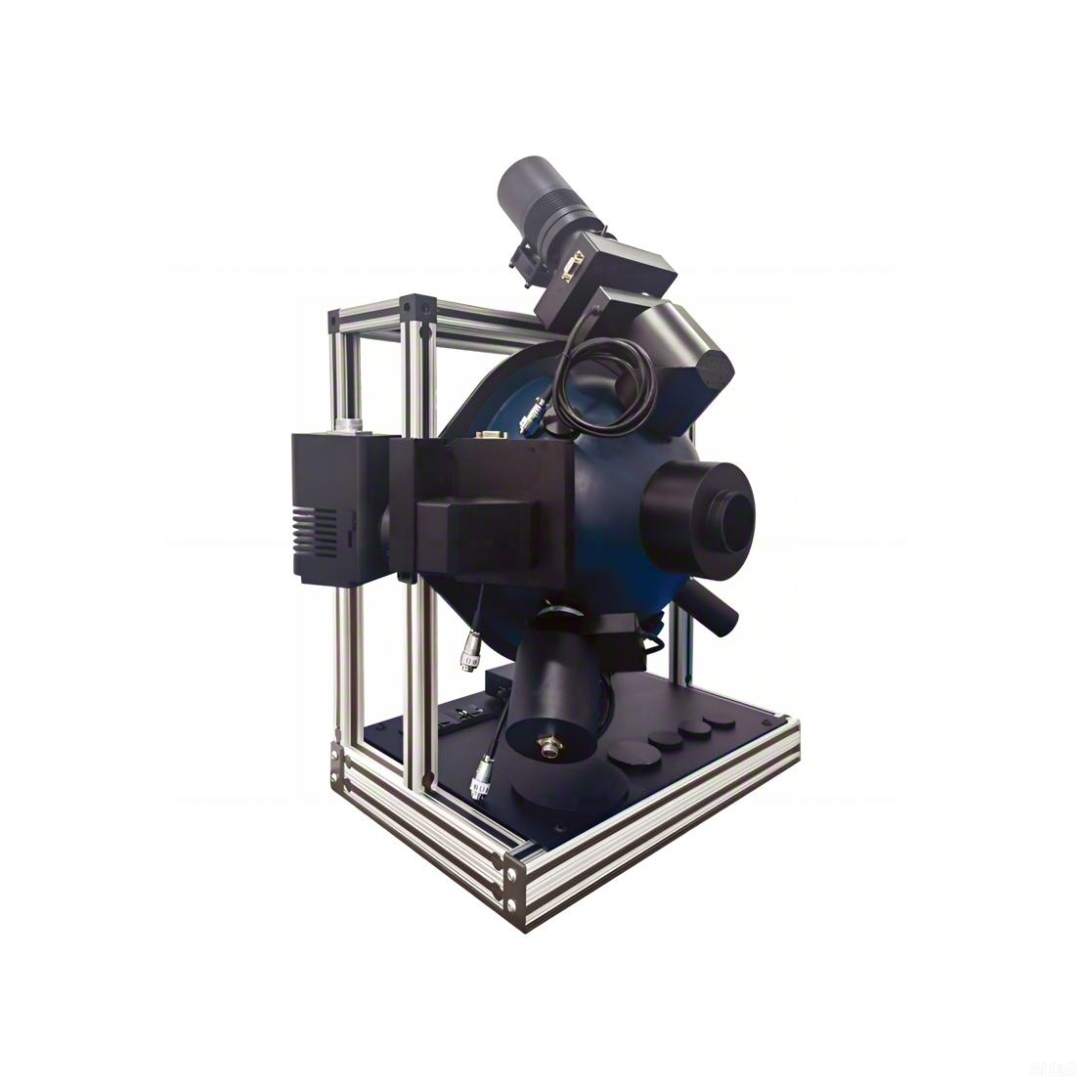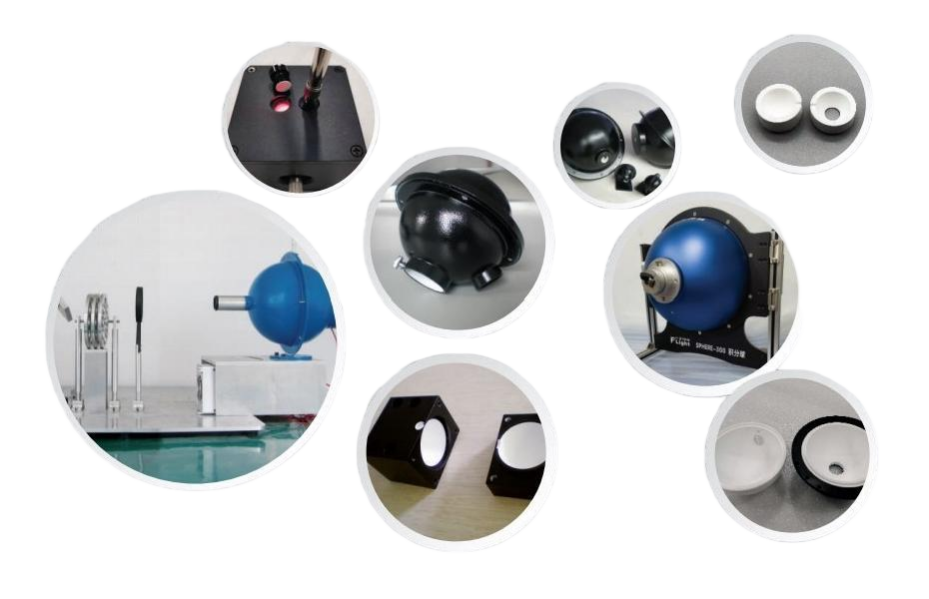NWSPEC
Customized Integrating Sphere
Customized Integrating Sphere
Couldn't load pickup availability
Uniform Light Source Integrating Sphere Systems Selection
- Small-Sized Uniform Light Source Systems:
Integrating Sphere Diameter: 200mm, Luminance Range: 0~9800 cd/m², Color Temperature: 3000K, Output Aperture Diameter: 5cm
Integrating Sphere Diameter: 200mm, Luminance Range: 0~13500 cd/m², Color Temperature: 3000K, Output Aperture Diameter: 5cm
Integrating Sphere Diameter: 200mm, Luminance Range: 0~24000 cd/m², Color Temperature: 3000K, Output Aperture Diameter: 5cm
- Medium-Sized Uniform Light Source Systems:
Integrating Sphere Diameter: 300mm, Luminance Range: 0~40000 cd/m², Color Temperature: 3000K, Output Aperture Diameter: 10cm
Integrating Sphere Diameter: 500mm, Luminance Range: 0~18000 cd/m², Color Temperature: 3000K, Output Aperture Diameter: 20cm
- Large-Sized Uniform Light Source Systems:
Integrating Sphere Diameter: 1m, Luminance Range: 0~40000 cd/m², Color Temperature: 3000K, Output Aperture Diameter: 35cm
Integrating Sphere Diameter: 1.5m, Luminance Range: 0~34400 cd/m², Color Temperature: 3000K, Output Aperture Diameter: 60cm
Note: Special customization is available for customers with specific requirements for luminance, chromaticity, or output aperture diameter.
What is Integrating Sphere?
The integrating sphere, also known as the luminous flux sphere, is a hollow, complete spherical shell. Its inner wall is coated with a white diffuse reflection layer, and the diffuse reflection at each point on the inner wall is uniform. The illuminance produced by the light source S at any point B on the sphere wall is the superposition of the illuminance produced by multiple reflections of the light.
The basic working principle of the integrating sphere: After the light enters through the input hole, it is uniformly reflected and diffused inside the sphere, forming a uniform light intensity distribution on the sphere surface. Therefore, the light obtained from the output hole is a very uniform diffuse beam. Moreover, the incident angle, spatial distribution, and polarity of the incident light do not affect the intensity and uniformity of the output beam. At the same time, because the light is uniformly distributed inside the integrating sphere before being emitted, the integrating sphere can also be used as a light intensity attenuator. The ratio of the output intensity to the input intensity is approximately: the area of the light output hole / the surface area of the inside of the integrating sphere.
Report on the Reflectivity of BaSO4 Coating:

F4 Coating Reflectivity Report:











